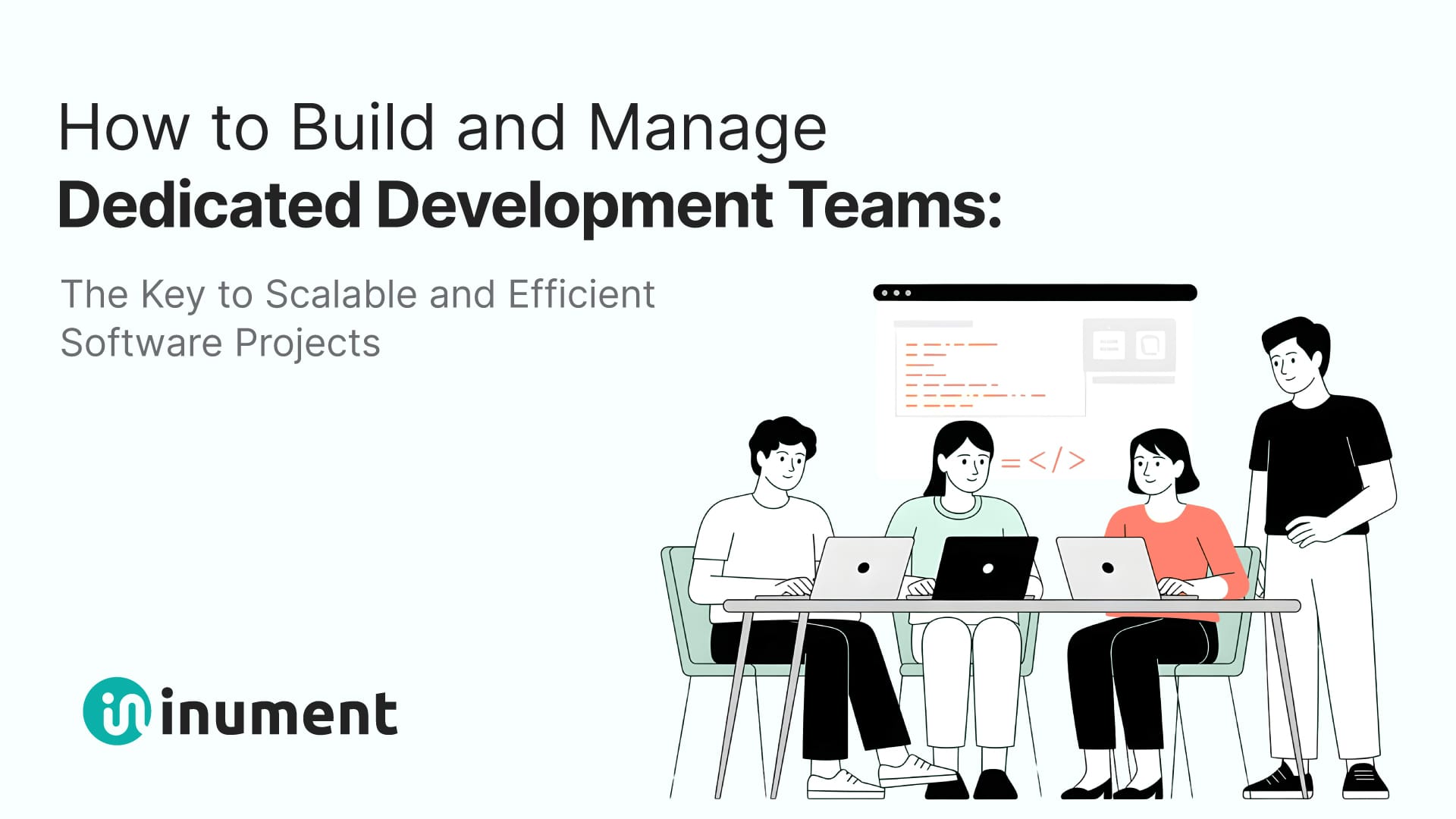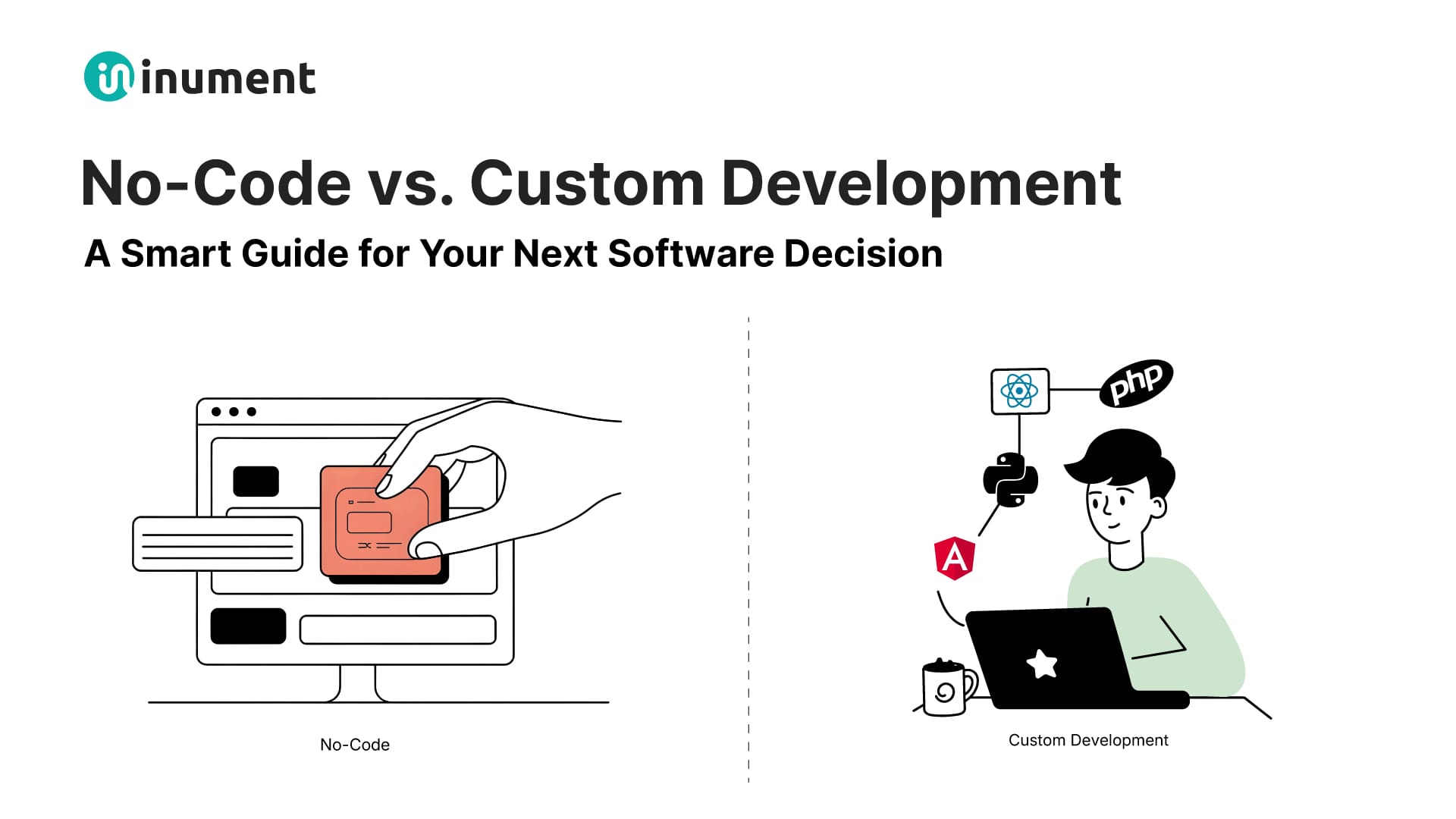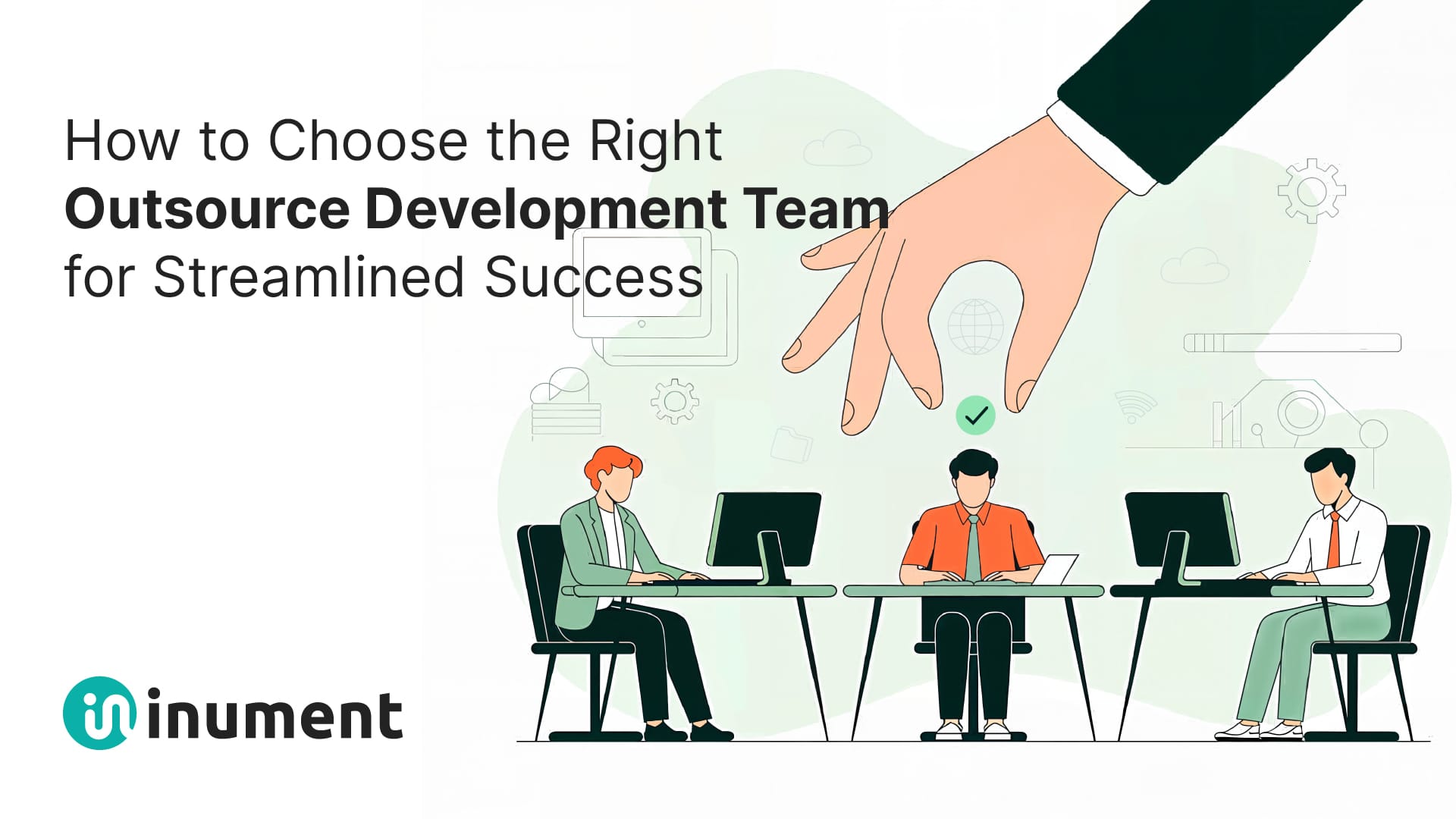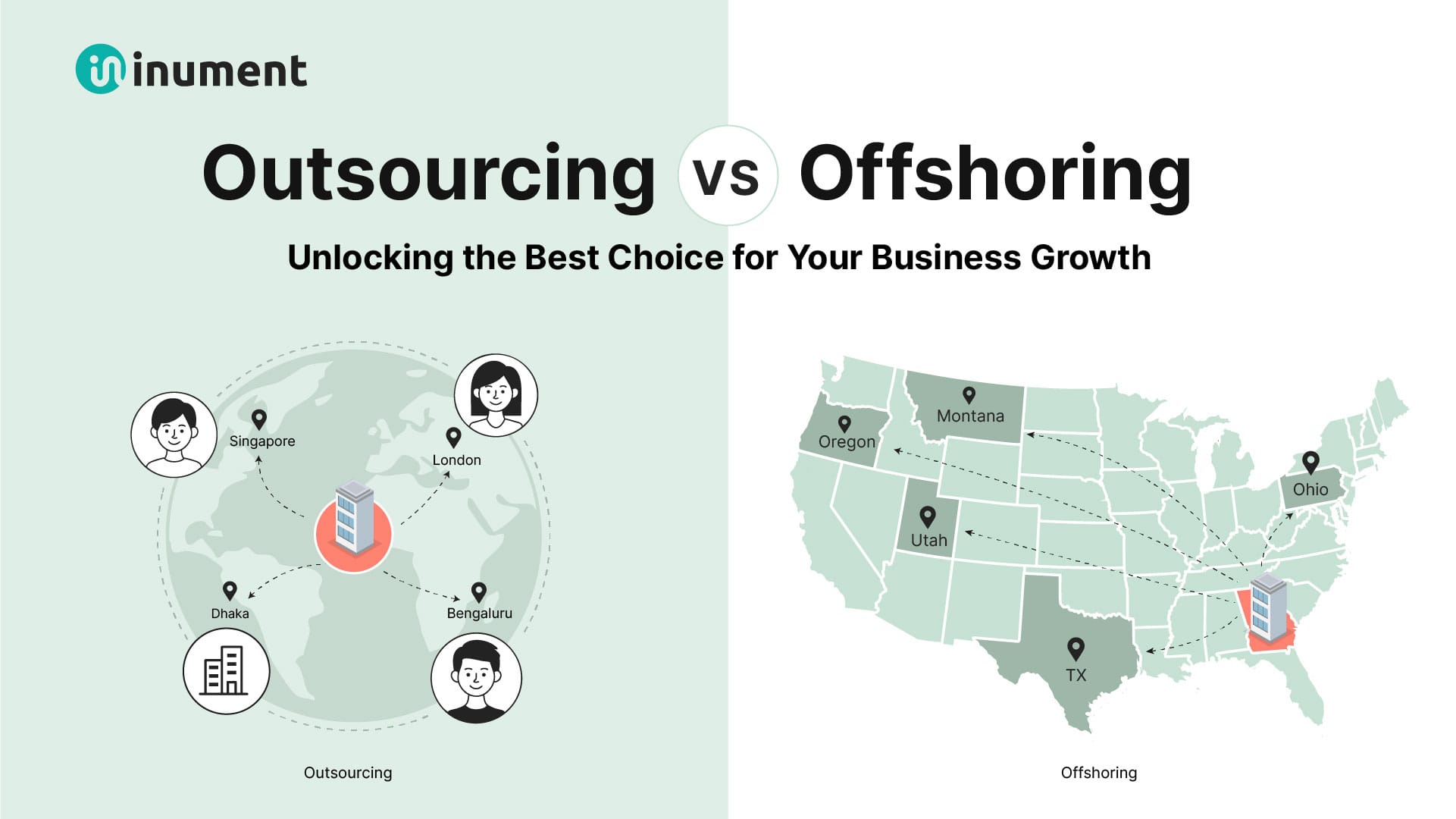In today’s fast-moving digital economy, building the right tech team at the right time can be the difference between shipping fast or falling behind.
But when internal bandwidth runs low, your business may often face a crucial choice:
- Should you augment your in-house team with external experts?
- or outsource the whole problem to a professional services firm?
Both Staff Augmentation and Professional Services promise to fill skill gaps, accelerate development, and reduce hiring overhead. But they serve very different purposes; and choosing the wrong model could lead to scope creep, missed deadlines, or a misaligned product.
Today’s guide aims to break down the real-world differences between these two approaches, from definitions to pros/cons and when to choose which; helping you figure out which one matches your goals, timelines, and management style.
Without any further ado, let’s dive right in!
What Is Staff Augmentation?
Staff augmentation is a flexible hiring model that allows you to extend your existing in-house team with external talent; without the long-term commitments of full-time hiring.
Think of it as plug-and-play staffing: when you’re short on developers, designers, QA engineers, or DevOps specialists, you can bring in pre-vetted professionals from a third-party provider who work as an extended part of your team, under your direction, using your tools and workflows.
These professionals are usually hired on a contract, hourly, or monthly basis, depending on the project’s needs. You manage the project; they bring the extra hands (and brains) to execute it faster.
For example, let’s say your internal dev team is building a new SaaS platform, but your product roadmap now calls for a React Native app. Instead of hiring full-time mobile engineers (which could take 2–3 months), you augment your team with React Native developers who can start immediately and scale your output.
In short, staff augmentation gives you the flexibility of freelancers with the reliability of dedicated team members, making it a popular choice for agile product teams and fast-growing companies.
Pros and Cons of Staff Augmentation
Before you jump into this model, it’s important to weigh what staff augmentation brings to the table, and where it might fall short. The Staff Augmentation model shines when you’re scaling fast or filling urgent skill gaps, but it still requires strong internal leadership and project ownership to succeed.
Here are the pros and cons of staff augmentation you should know:
Pros of Staff Augmentation
Staff augmentation gives you —
- Flexibility to Scale: You can add or reduce resources based on changing workload or project phases.
- Faster Hiring, Less HR Hassle: Easily skip long recruitment cycles as augmented staff can join in days, not weeks.
- Full Control Over Workflow: You manage tasks, priorities, and deadlines just like with your in-house team.
- Access to Specialized Skills: Quickly onboard niche talent (e.g., AI engineers, DevOps, React experts) for focused needs.
- Cultural & Process Alignment: Since the augmented team integrates into your tools and rituals, they adapt to your internal culture.
Cons of Staff Augmentation
- Limited Long-Term Continuity: If not planned well, short-term contracts may lead to knowledge gaps after project completion.
- Dependency on Internal Leadership: You still need to assign tasks, manage progress, and ensure quality internally. Without solid in-house leads or PMs, augmented staff may underperform or lose direction.
What Are Professional Services?
In our context, Professional services refer to a project-based engagement model where a third-party vendor or agency takes full ownership of delivering a specific outcome or solution.
Instead of extending your team, you’re essentially outsourcing the responsibility for a defined deliverable; be it an entire app, a feature module, a system migration, or a security audit. Most professional services usually include a packaged service: implementation, consulting, migrations, audits.
For instance, let’s say your company needs to build a customer portal from scratch, but you don’t have the time or resources to manage it internally. With professional services, you’d hand off the entire project to a trusted vendor who handles everything from planning and design to development and testing.
In this model, the vendor brings in a dedicated team (often including project managers, engineers, QA, and designers), defines the process, and delivers the solution based on pre-agreed scope, budget, and timeline.
You don’t manage the team day-to-day; they manage themselves and report progress based on milestones. The engagements here are driven by outcome, not team integration.
Pros and Cons of Professional Services
Professional services can be a powerful solution when you need speed, structure, and hands-off delivery. But while it lifts the burden off your internal team, it also means handing over control; and that comes with trade-offs.
Let’s look at the pros and cons of professional services:
Pros of Professional Services
In professional service —
- From planning and resourcing to development and QA, the vendor handles everything so your team can focus elsewhere.
- Most engagements are fixed-scope or milestone-driven, offering clear visibility into cost and delivery schedules.
- Professional service agencies bring specialized domain experience, mature workflows, and pre-built accelerators.
- You can offload system upgrades, integrations, compliance tooling, or other work that doesn’t require internal ownership.
- No need to hire, manage, or integrate contractors. Just set the goals and let the vendor deliver.
Cons of Professional Services
- You won’t manage the team directly, so decision-making may be slower or less aligned with your internal culture.
- Changes mid-project often require contract renegotiation, delaying timelines or increasing cost.
- If goals aren’t clearly defined up front, the final output may not fully meet expectations.
Staff Augmentation vs Professional Services: Key Differences
When deciding between staff augmentation and professional services, it’s crucial to understand how they differ across several operational and strategic dimensions.
To help you identify the best approach for your business, here’s how these two models compare side-by-side in practice:
1. Engagement Ownership
In a staff augmentation model, you retain full ownership of the project. The augmented professionals work under your internal leadership, aligned with your goals and vision. You’re responsible for outcomes, deadlines, and decisions.
In contrast, professional services transfer ownership to the vendor. The external team takes charge of the entire project, from planning to execution, and is accountable for delivering the final result based on agreed-upon terms.
2. Control and Management
Staff augmentation offers a high degree of control. You manage the day-to-day work, assign tasks, monitor progress, and guide quality. This is ideal for businesses that already have technical leadership and want full visibility.
On the other hand, professional services operate autonomously. You deal primarily with a project manager or client success lead, while the vendor handles internal team management. This reduces your involvement and direct influence.
3. Cost Implications
Staff augmentation is generally billed by the hour or month per resource, giving you flexibility and visibility into individual productivity. It’s often more cost-effective for longer-term or evolving projects.
Professional services, however, usually follow a fixed-cost or milestone-based pricing model. While this provides budget predictability, it can become more expensive if the scope changes or if vendor markups are high.
4. Scalability
Staff augmentation provides agile, on-demand scaling. You can add or reduce team members quickly based on project needs, without major renegotiations.
On the flip side, professional services are less flexible mid-engagement. Scaling often requires contract adjustments, additional planning, or new phases; making it better suited for well-defined deliverables rather than rapidly evolving workstreams.
5. Specialized Skills
With staff augmentation, you can handpick talent for niche roles; whether it’s a React Native developer, a DevOps engineer, or a data scientist. It’s a great fit when you need specific expertise injected into your team.
Conversely, professional services firms typically bring a pre-vetted full-stack team with varied experience, which works well for multi-disciplinary projects but may not offer deep customization at the individual level.
6. Duration of Engagement
Staff augmentation is ideal for medium to long-term engagements, especially where continuous iteration or maintenance is required. Developers can stay for months (or years), gaining context and contributing over time.
Professional services are, however, more project-oriented with short to medium-term timelines; focusing on completing a defined objective and then offboarding.
7. Customization and Tailoring
Augmented staff work within your stack, tools, and workflows, allowing full customization and alignment with your internal standards.
In contrast, although professional services are open to feedback, they often apply their own methodologies, tech preferences, or frameworks. This can be efficient, but may not always match your preferences or stack.
8. Project Complexity and Scope
Staff augmentation works best when your team is managing a complex, evolving roadmap and just needs additional capacity or specific expertise. It’s ideal for agile, sprint-based development.
Alternatively, professional services are best for clearly defined, complex projects where the outcome is known, and you want to delegate the build to a specialized team with full execution responsibility.
9. Risk Management
With staff augmentation, risk stays with your team. You control the project but must also handle any delays, quality issues, or inefficiencies.
In professional services, much of the execution risk is transferred to the vendor; making it attractive for companies that want less operational exposure.
10. Team Integration and Dependency
Augmented staff become a true extension of your internal team. They attend meetings, collaborate daily, and follow your communication culture. This creates strong alignment, but also means they rely on your project managers and workflows.
In opposition, professional services teams function independently, which reduces your day-to-day overhead but also limits integration and can cause silos.
Staff Augmentation vs Professional Services: Which One to Choose?
When it comes to software development approaches, there is no one-size-fits-all answer. Choosing between staff augmentation and professional services ultimately comes down to your project’s goals, internal capabilities, and how much control you want over the process.
Lets break it down:
Choose Staff Augmentation if —
- You want direct control over your product’s development and quality.
- You need to scale quickly without going through a full hiring process.
- You prefer to build internal knowledge and retain it even after the contract ends.
- You already have a solid internal tech team and just need extra hands or specialized skills.
- Your project scope is evolving or long-term; such as product roadmaps, MVPs, or iterative releases.
Opt-in for Professional Services When —
- You’re dealing with a fixed-scope project and want a turnkey solution.
- You’re aiming for speed and simplicity over long-term team integration.
- You lack internal technical leadership or can’t manage the development process directly.
- You want clear budgets, timelines, and deliverables; without micro-managing the dev process.
- Your core team is focused on product or growth, and you want to offload delivery of side projects.
How Inument Can Help You Choose The Right Approach
At Inument, we understand that no two businesses scale the same way, and the “right model” isn’t about trends; it’s about what makes your product succeed.
That’s why we don’t just offer one-size-fits-all solutions. Whether you’re looking for the control of staff augmentation or the turnkey execution of professional services, we help you choose (and execute) the model that best fits your stage, stack, and strategic goals.
Inument delivers staff augmentation that feels in-house, end-to-end professional services, and hybrid support for growing tech teams.
With a proven track record across SaaS, eCommerce, healthtech, fintech, and more; Inument provides vetted engineers, QA, DevOps, AI/ML specialists and UI/UX experts who seamlessly plug into your team, tools, and processes so you stay in control and scale without friction.
From ideation to launch, we take full ownership of software delivery for clients who want rapid, outcome-driven execution. Whether you want transparent collaboration, outcome-aligned approach, or seasoned advisory support, Inument is here as your reliable growth partner.
Wrapping Up: Build with Clarity, Scale with Confidence
Whether you’re scaling a fast-growing SaaS product or executing a critical system overhaul, the way you engage talent can define your success.
Staff augmentation gives you the flexibility to scale quickly and stay in control. Professional services offer a hands-off solution when speed and execution matter more than managing day-to-day workflows.
The key? Choose the model that aligns with your team structure, internal bandwidth, project goals, and growth trajectory; not just the one that looks good on paper.
Inument helps you remove the guesswork. Whether you need a short-term boost or a full-service delivery partner, we’ll match you with the talent and model that sets you up for long-term success.
Need help figuring out which route makes the most sense for your product?
Contact us today! We’ll audit your needs and propose the leanest, most effective way to build. You can also check out more of our insightful guides in our blog section to make better tech decisions with confidence.
Let’s build smarter, together!







Angelic Insurance
7 October 2025
Great article! Professional Services Insurance is essential for protecting businesses that offer expert advice or services from financial loss due to claims of negligence, errors, or omissions. Whether you’re a consultant, accountant, architect, or engineer, having the right coverage ensures peace of mind and business continuity. This type of insurance safeguards your reputation and finances while allowing you to focus on delivering quality service to your clients. Thanks for sharing these valuable insights!